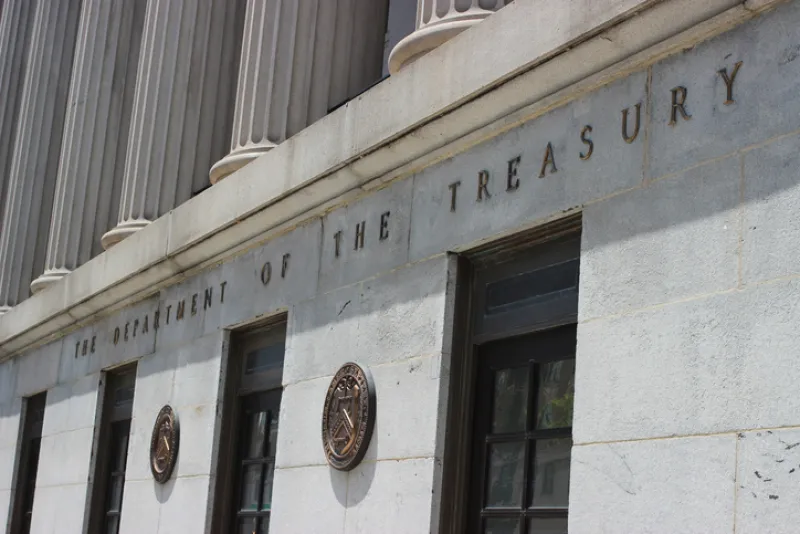KKR’s head of global macro, balance sheet and risk hasn’t significantly altered his opinion over the first half of 2025, but he is concerned that the level of government debt – both in the U.S. and around the world – is forcing a reshaping of portfolio construction.
Back in December, II posted an article on the alternative management firm’s outlook for 2025, quoting Henry McVey saying that investors should hold on to more assets linked to nominal GDP like infrastructure, real estate, and asset-based finance. Ahead of the launch of its H1 update, he added that there has not been a total rethink, but that high levels of government debt are creating conditions that are entirely different from previous cycles.
“I reread your last piece,” he said. “A lot of the macroeconomic themes, which investors were doubting at the time, actually remain the same, and markets have continued to move upward. We talked about this intersection of mediocre fundamentals but an incredibly strong technical bid, and that viewpoint still sums up the current state of play.”
But he said the nature of government debt has fundamentally changed between the two reports. With the U.S. federal budget at 6.5 percent (it was 4.9 percent in 2019 before the pandemic) people are missing the long-term compounding opportunities that come from areas like infrastructure during productivity cycles.
“Investors shouldn't be hedging a lot of their risk assets with government bonds, because the government, not the corporate sector and not the consumer, is the area of the economy that has the most debt this cycle,” he said. “That's totally different than most other periods in recent history. So, a lot of our asset allocation advice has been to find alternative opportunities to decrease existing overweight positions to government bonds and the dollar.”
That drives other areas of the market that provide protection like operational improvement in private equity, infrastructure where there is revenue visibility, and credit higher up in the capital structure where investors can take advantage of dispersion.
Most investors have 2 percent or less of their portfolios in infrastructure at a time when inflation has proven to be sticky, he said, but added that over-leveraged governments will need to transition new infrastructure projects to the private sector because they no longer have the debt capacity to underwrite growth initiatives in areas such as logistics, transportation, and digital. Similarly, asset-backed finance is another “big, powerful theme that is still underappreciated in the marketplace,” and investors are increasingly interested in alternative fixed income products, especially at a time when KKR does "not believe that global government bonds can serve their role as a shock absorber in portfolios.”
Shorter duration credit and asset-based lending that is less sensitive to the government budget are better alternatives to government bonds.
This means striving for more control over investments, including operations and getting more visibility on revenue streams.
Elsewhere, the report pointed to AI as something that has evolved so quickly that – while it is not ringing alarm bells quite yet – is important to monitor.







